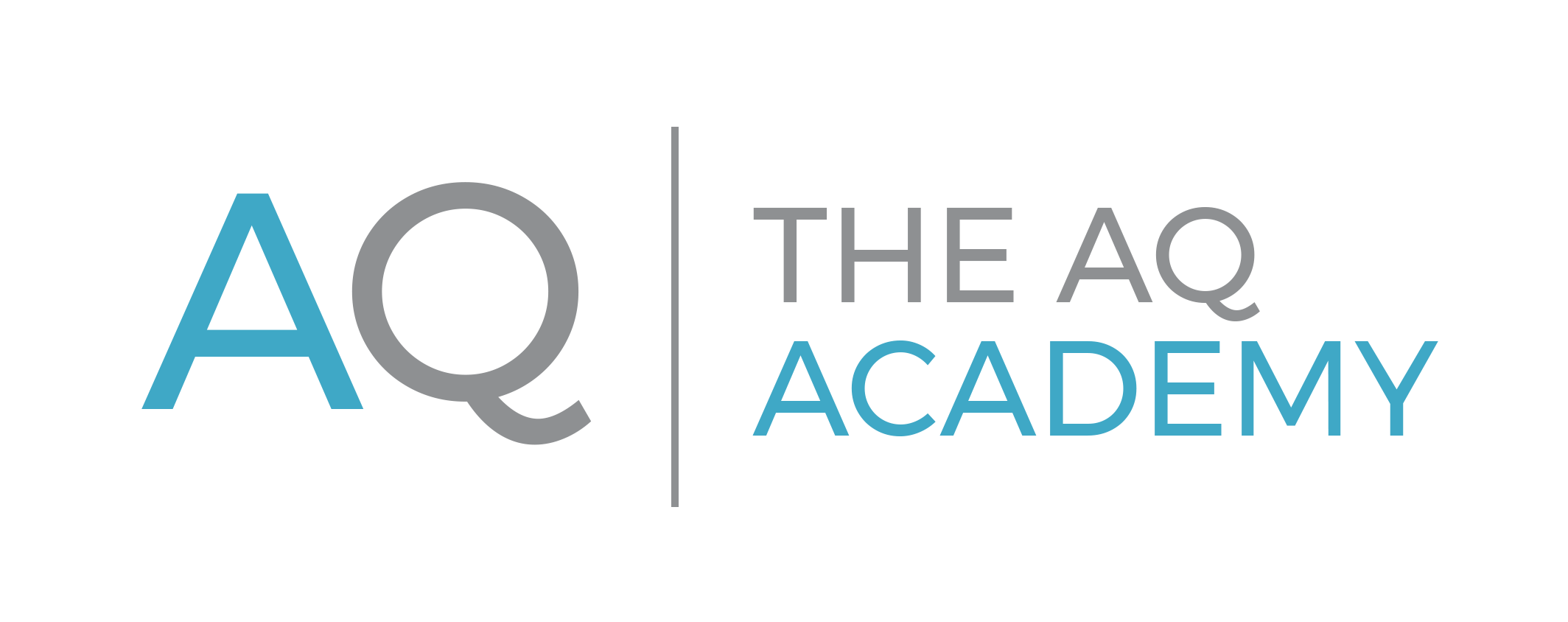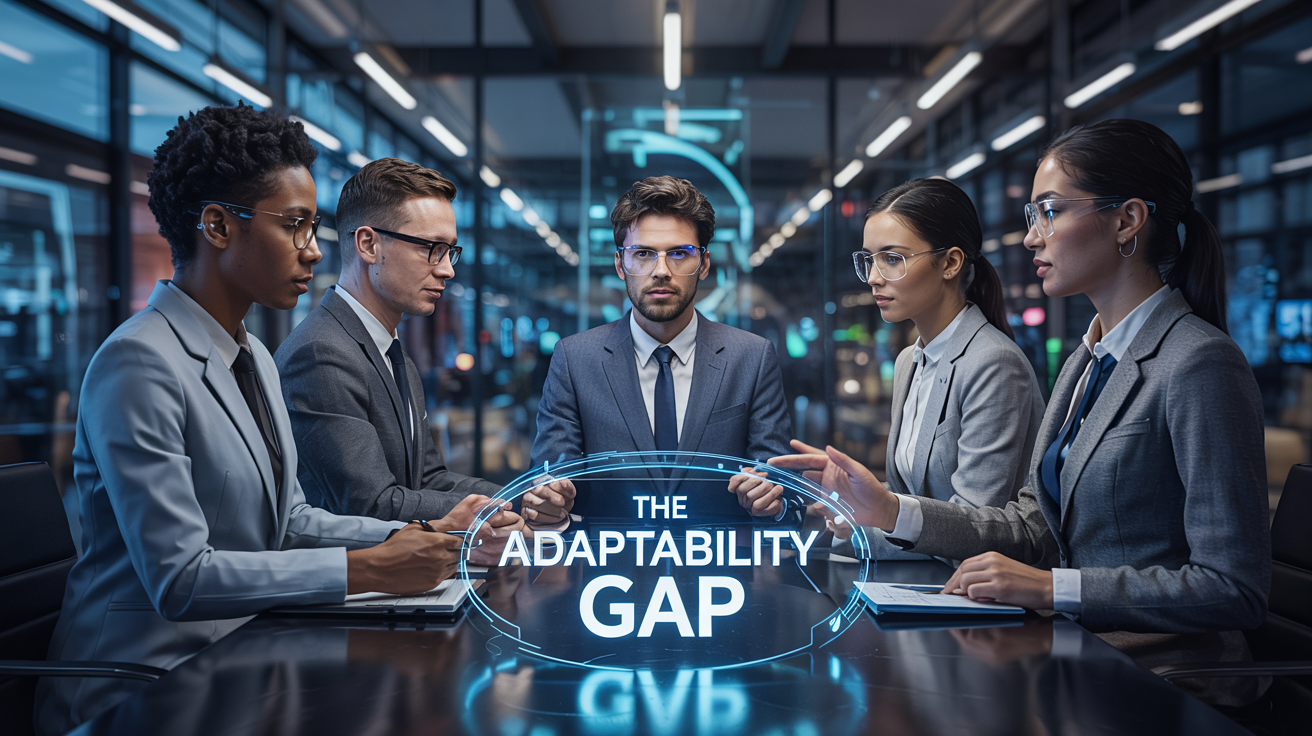The Adaptability Gap – Why Smart People Struggle with Change
It’s a paradox we see time and time again in organizations: some of the most intelligent, skilled, and experienced professionals are also the ones who struggle most when things change.
Why? Because adaptability isn’t about how smart you are—it’s about how flexible you’re willing to be.
This phenomenon is what we call the Adaptability Gap—the space between a person’s cognitive ability and their actual willingness or readiness to change.
Smart Doesn’t Always Mean Adaptable
High performers often succeed by mastering systems, building expertise, and solving problems with tried-and-true methods. But when those systems break or the environment shifts, the same skills that made them successful can become blind spots.
In other words, the very habits that got them here can get in the way of what’s next.
Some common challenges:
- Over-reliance on past success (“This is how we’ve always done it.”)
- Fear of losing status or control in a changing landscape
- Discomfort with ambiguity or unfamiliar workflows
- Need for certainty before taking action
None of these traits make someone a bad leader or contributor. But they do highlight how important it is to balance intelligence with adaptability.
The Cost of the Gap
When smart people struggle to adapt, the impact shows up in different ways:
- Slower decision-making
- Resistance to new tools, systems, or team structures
- Increased frustration or burnout
- Lost opportunities for innovation
Worse, it can create friction across teams, especially when others are trying to embrace new ways of working.
What’s Behind the Gap?
Psychologically, we’re wired to seek comfort in what we know. When the brain is faced with uncertainty, it sees it as a threat—even if the change is ultimately positive. That’s why adaptability isn’t just about mindset; it’s also about self-awareness, emotional regulation, and behavior under pressure.
This is where the AQ (Adaptability Quotient) framework becomes useful. It offers a structured way to understand:
- Ability – What adaptive skills does someone have?
- Character – How do they respond emotionally and mentally to change?
- Environment – Are they supported or blocked by their context?
Closing the Gap
Here’s the good news: the Adaptability Gap is not permanent. It’s something that can be narrowed with intention and support.
Some starting points:
- Build awareness – Use assessments or 360s to uncover adaptive strengths and limitations.
- Reward adaptability – Recognize behaviors like flexibility, learning from failure, and pivoting when necessary.
- Model change – Leaders must walk the talk by showing vulnerability, openness, and responsiveness.
Ultimately, we need to shift the narrative: adaptability is not a threat to competence—it’s a companion to it.



